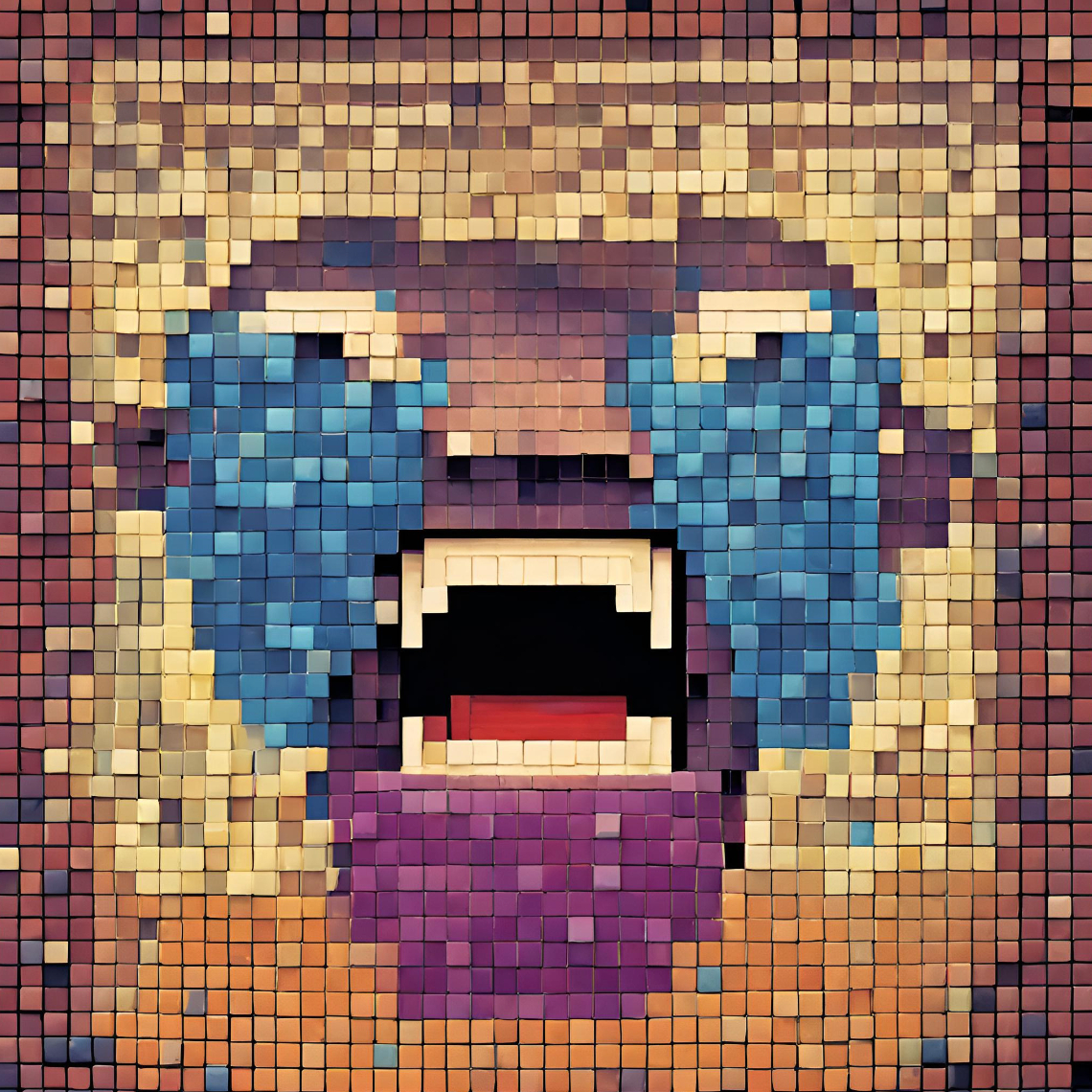128 reads
Neural Networks vs. Scalar Shock Waves
by
September 19th, 2025
Audio Presented by

Amplifying words and ideas to separate the ordinary from the extraordinary, making the mundane majestic.
Story's Credibility

About Author
Amplifying words and ideas to separate the ordinary from the extraordinary, making the mundane majestic.